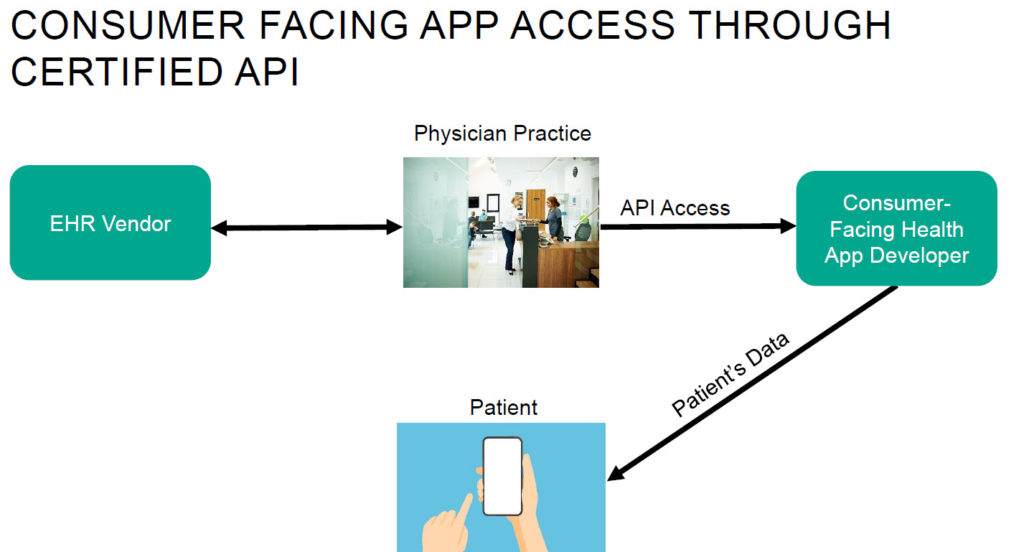On August 4, 2020, the Centers for Medicare and Medicaid Services (CMS) released a proposed rule to update its payment policies under the Medicare Physician Fee Schedule (PFS) for calendar year 2021. The proposed rule was issued in tandem with a presidential executive order, which directed the Secretary of the US Department of Health and Human Services (HHS) to propose regulations expanding telehealth services covered by Medicare. CMS stated that the proposed rule “is one of several proposed rules that reflect a broader Administration-wide strategy to create a health care system that results in better accessibility, quality, affordability, empowerment, and innovation.”
In response to the coronavirus (COVID-19) public health emergency (PHE), CMS has issued several temporary waivers and flexibilities that expand telehealth reimbursement under Medicare, Medicaid and the Children’s Health Insurance Program for the duration of the COVID-19 PHE. CMS issued these waivers under authorities granted pursuant to HHS’s public health declaration, as well as legislation passed in response to the pandemic. Many of these waivers have substantially altered the Medicare telehealth reimbursement landscape and, as we detailed in our prior On the Subject, many can be made permanent via regulatory action. The proposed rule represents the first official word that CMS will take such action to make certain of its waivers permanent. These policy changes have the potential to greatly increase the availability of telehealth to Medicare beneficiaries around the country.
CMS will accept comments, either electronically or by mail, on the proposed rule until 5 pm EDT on October 5, 2020.
Changes to Medicare Telehealth Services
CMS proposed to add several services, listed below, to its list of services that may be delivered via telehealth. Many of these were previously added on an interim final rule basis for the duration of the PHE. The proposed rule would keep them on the Medicare telehealth services list even after the PHE ends.
CMS also proposed a new method for adding or deleting services from the Medicare telehealth services list. Currently, CMS evaluates new services for inclusion based on two categories: Category 1 is for services that are similar to professional consultations, office visits and office psychiatry visits that are already on the Medicare telehealth services list, while Category 2 is for services that are not similar to those already on the list, but that would still be appropriate to include because the service is accurately described by the corresponding code when delivered via telehealth and providing the service via a telecommunications system results in clinical benefit for the patient. Because of the COVID-19 PHE, CMS has proposed to add a Category 3, which would include services that would be temporarily on the Medicare telehealth services list. CMS proposed this third category because, while CMS currently has the authority to waive or modify Medicare telehealth payment requirements during the PHE, that authority will expire once the PHE [...]
Continue Reading
read more

 Subscribe
Subscribe


